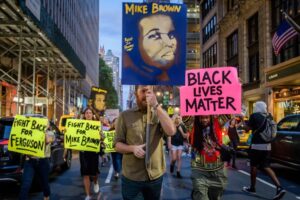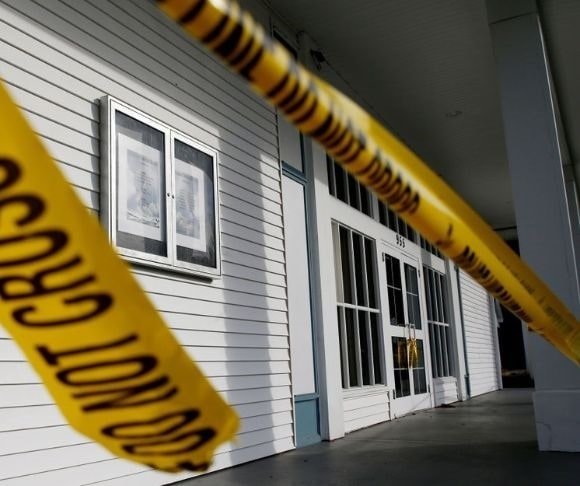Call it the Minneapolis Effect. Call it the Ferguson Effect. Either way, it takes nothing more than a little logical reasoning to see that when urban policing falls, murder soars. It’s a fairly simple equation that doesn’t require a genius to figure out – yet still the left-wing media have sought to discredit the theory for years. The statistical evidence is in, however, and it shows precisely what folks with actual common sense knew all along.
Murder in the Big Apple
On July 11, the journal Police Practice and Research published an article by Dae-Young Kim, associate professor of criminal justice at SUNY Buffalo State, in which he revealed how different types of homicide increased in 2020. His title asked: “Did De-policing contribute to the 2020 homicide spikes?” Breaking down New York City homicides into six categories, the article revealed an answer.
Kim organized Big Apple murders into the following groups: Gun, Non-gun, Domestic, Non-domestic, Gang, and Non-gang. He examined how each subset changed in the wake of a significant reduction in NYPD stops, which fell from 13,453 in 2019 to just 8,375 in 2020 – a 30% reduction. According to Kim, the change in proactive policing led to an increase in three of the categories – and it is not hard to guess which ones simply by looking at the list.
Gun, non-domestic, and gang-related homicides surged in the era of reduced policing, a direct relationship that seems to disappear when one examines the data from before the decrease in pedestrian stops. But of course. What effect would the level of policing on the street have on domestic violence and crimes of passion? A fear of the consequences suggests at least some level of premeditation. Gang violence, however, certainly makes sense in this context. It’s the gang members and others out walking the streets or driving around armed and looking for a criminal opportunity who would be the most impacted by officers stopping suspicious-looking people and checking them out. So it stands to reason that, when the police cut back on stops, this specific set of criminals would feel emboldened. When the cat is away, the mouse will play, as the saying goes.
Ferguson or Minneapolis – Pick Your Poison

(Photo by Erik McGregor/LightRocket via Getty Images)
Paul Cassell, a professor at S.J. Quinney College of Law at the University of Utah, coined the term Minneapolis Effect back in 2021 to explain the spike in certain types of homicides during 2020 – especially among major urban areas. Out in the country, where fewer gangs operate and more everyday citizens go about armed, the relationship between police presence and violent crime is far less direct. In urban areas, however, people have been conditioned to rely on the police to protect them – and, more importantly, the criminals have been conditioned to fear only the police and rival criminals, not their intended victims. Cassell’s hypothesis was that de-policing after the George Floyd protests was to blame for the increase in murder within the major cities.
Even earlier, however, we had the Ferguson Effect. According to this theory, urban officers reduced their proactive policing for fear of public scrutiny on law enforcement after a white police officer shot and killed Michael Brown – a black teen – in Ferguson, MO, resulting in multiple waves of rioting over the next year. According to this hypothesis, the decreased policing – and perhaps the increased public hostility toward law enforcement – caused violent crime to increase in big cities around the nation.
Though the left-wing media tried to debunk both theories, the evidence was hard to write off entirely. A 2016 Pew Research Center survey of 8,000 officers from departments with at least 100 officers showed that about three-quarters polled said they were hesitant to use force, even when appropriate, and were less willing to stop and question suspicious people – and a whopping 93% of the cops said they were more concerned about their own safety than before.
Then there are the murder statistics revealed in Kim’s research – they certainly seem to point to Cassell’s Minneapolis Effect. Even far-left media outlets eventually were forced to admit that decreased policing seemed to result in more crime. So, the evidence would suggest that defunding the police – at least in the big cities – did not, as the ACLU famously averred in 2020, “make us safer.” But then, a good many Americans could have predicted that.




